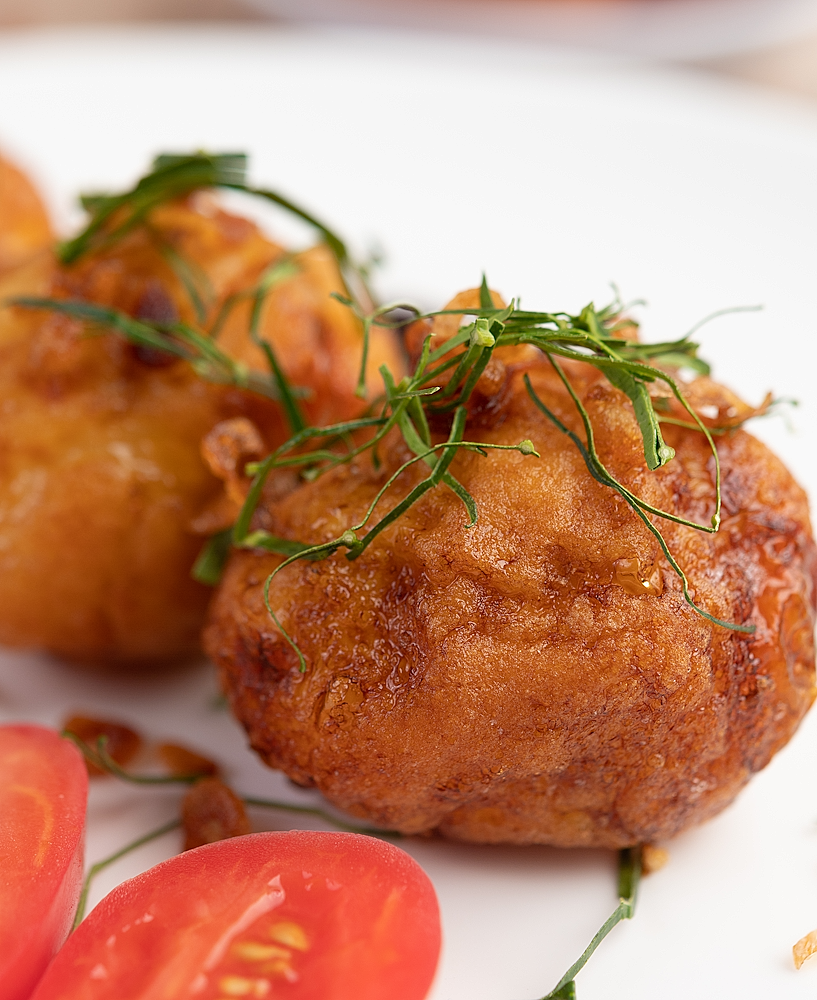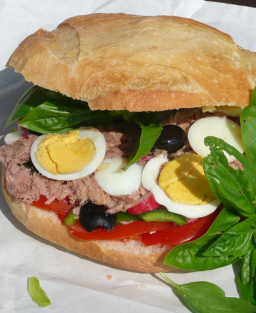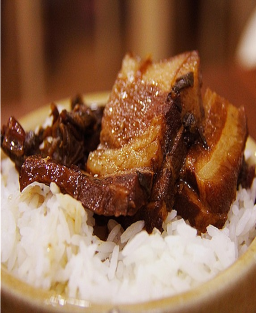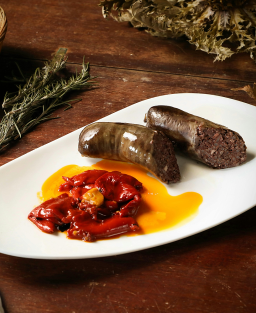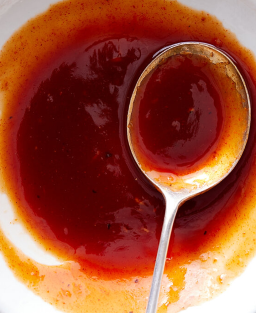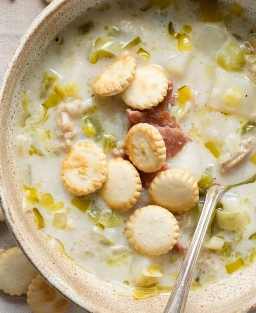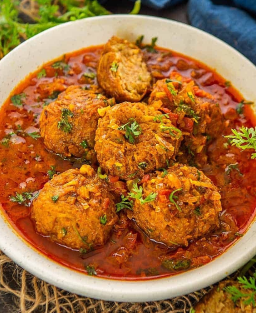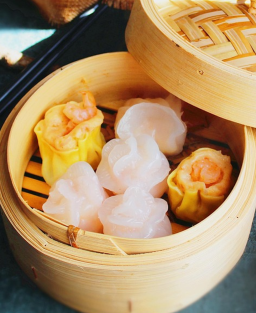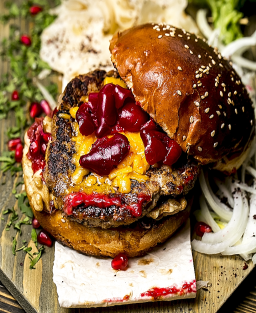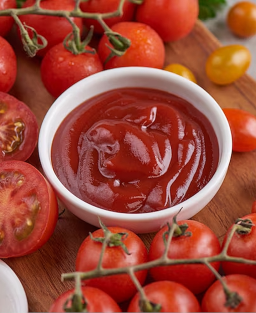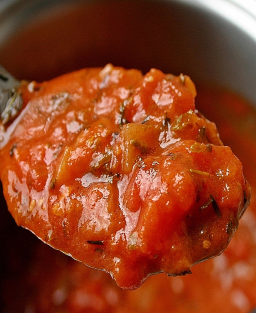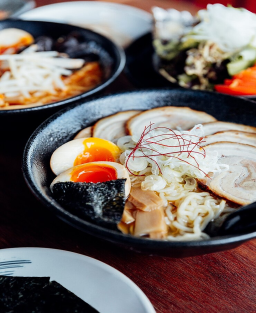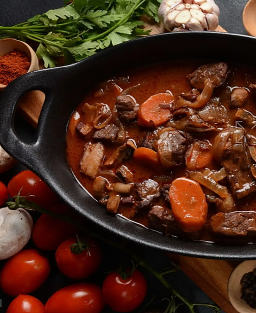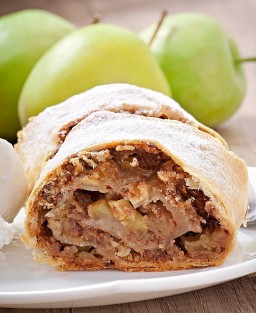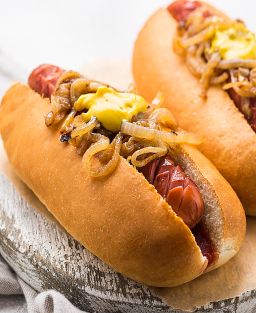- Out-of-Stock
Brandade de Morue in Small Balls (Traditional Nîmes Version)
Brandade de Morue in Small Balls (Traditional Nîmes Version)
Introduction (in Occitan language)
Brandada de moruna is an emblematic specialty of Southern France, particularly in the regions of Nîmes and Montpellier. It is a traditional dish made in small balls (boulettes), not croquettes, which respects the authenticity and local culinary tradition. This creamy and flavorful preparation is a true heritage of Occitan cuisine.
Introduction
Brandade de morue, an emblematic specialty of Southern France, especially around Nîmes and Montpellier, is traditionally shaped into small balls. Unlike croquettes—which are breaded and elongated—the authentic version consists of small hand-formed balls without any breading, respecting the original designation and local culinary tradition. These balls are then either poached or lightly pan-fried, resulting in a melting texture and delicate flavor.
Exact Ingredients
-
Salted cod: 500 g (salt cod, desalted for at least 48 hours, with several water changes)
-
Extra virgin olive oil: about 250 ml (as mild as possible)
-
Whole milk: 200 ml (for poaching and texture)
-
Garlic: 3 cloves (roughly crushed)
-
Salt: never added (the cod is already salted)
-
Freshly ground black pepper: to taste
-
Wheat flour: just enough to help shape the balls (about 2 tablespoons)
-
Olive oil or neutral oil for frying
Preparation
1. Desalting and Cooking
"The cod, after careful desalting with fresh cold water changed regularly, must be gently poached in warm milk to tenderize the flesh without drying it out or losing its natural sea flavor."
— La Cuisine du Midi, L. Aubanel, 1898
Place the cod in a large container of cold water and change the water every 8 hours, for at least 48 hours.
Once desalted, rinse and poach the cod in simmering milk (do not boil) for 10 minutes until the flesh is tender. Drain carefully.
2. Turning into a Paste
"The cod flesh is crushed with garlic in a stone mortar, then patiently bound with olive oil, slowly poured in, until a smooth creamy paste is achieved. No salt is added, as the cod provides sufficient flavor."
— Recettes de Provence, M. Roux, 1905
Break the cod apart by hand into small pieces, removing skin and bones.
In a stone mortar (or a large bowl if no mortar is available), crush the cod with crushed garlic, slowly incorporating the olive oil, like making a mayonnaise, until you get a homogeneous, creamy paste.
Add a little warm milk to adjust the texture—it should be soft yet firm enough to shape into balls.
Generously pepper, taste, but never add salt.
3. Shaping
Wet your hands with cold water.
Take a small amount of the paste and form balls of about 30 g each.
If needed, roll the balls lightly in flour to firm them up.
4. Cooking the Balls
"The balls are fried in olive oil just enough to give them a crispy exterior without weighing them down. They are served hot, often accompanied simply by potatoes or salad."
— Cuisine du Languedoc, 1887
Heat olive oil or a neutral oil (sunflower) in a pan over medium heat.
Fry the balls in batches, turning gently, until golden and crispy on the outside (about 3–4 minutes per side).
Drain on paper towels.
Serving
Serve hot, ideally with steamed potatoes or a simple salad.
You may drizzle with a little raw olive oil or lemon juice to taste.
Terminology Notes
The authentic, historical recipe uses the term brandade balls (boulettes), in line with the original designation and culinary tradition of Southern France.
The term croquettes implies a breaded and fried preparation, usually elongated in shape, which does not represent the traditional Nîmes version.
Historical Notes and Details
-
Absolutely no added salt and cooking in milk are essential to preserve authenticity.
-
Garlic is always generous, as it gives the dish its character.
-
The use of a mortar and slow incorporation of olive oil are part of the traditional technique.
-
Forming into balls and frying is characteristic of the countryside around Nîmes, whereas other regions serve brandade more as a spreadable puree.
-
This version is rustic, without eggs, potatoes, or cream—ingredients found in more modern versions.











